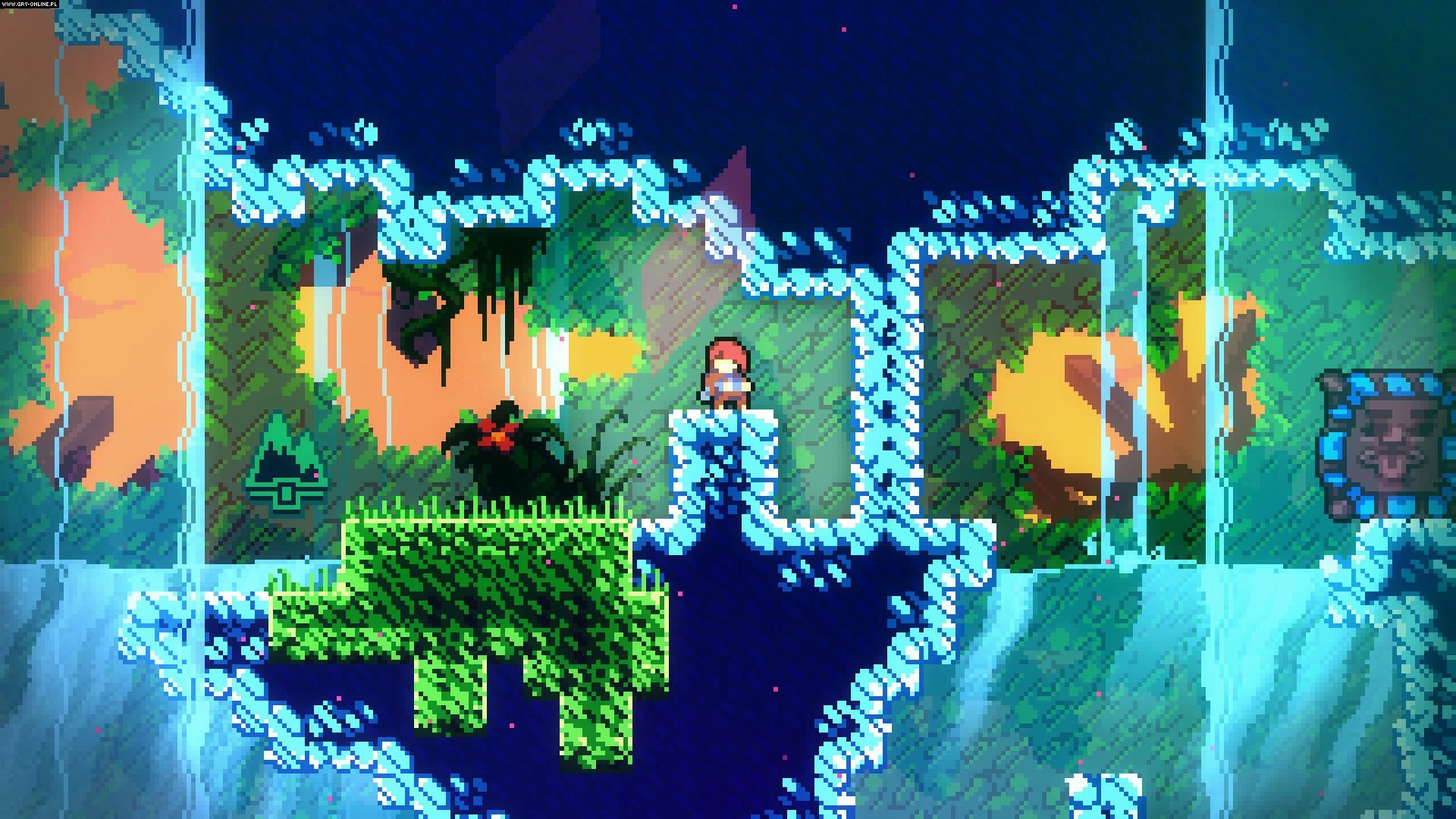Game Summary
Baba Is You is a puzzle game where the rules of the puzzle are the puzzle itself. In each level, the rules of the game a present as blocks which you can interact with, and by doing so, you can create new rules and interactions that change how the game works. The objective is thus to find a way to win the level by modifying the rules in a way such that a goal is reachable.
Official Website
Game Trailer
Gameplay Video
Elemental Tetrad
– Mechanics: The controls are straightforward. You only need to use the arrow keys to move the main character “Baba” around.
The level is a Sokoban-styled 2D space, where all items are represented as blocks which you can interact with. The rules of the game are written as short phrases within the level. “BABA IS YOU” is an example of a rule which gives you control over the character Baba. “FLAG IS WIN” is another example, which allows you to win the level only if you touch a flag.
The catch is that the rules themselves are blocks themselves, so you can move the blocks around to create different phrases and change the rules of the game. Your objective is thus to find a way to win the level by modifying the rules in a way such that a goal is reachable.
– Aesthetics: 16-bit music, simple childish graphics, simple controls. The game is simplistic and does not feel overwhelming at first glance. This makes it approachable despite its notoriety as a very difficult puzzle game.
– Technology: Multimedia Fusion 2 was used to develop the interface of the game, as that does not require an engine that does heavy lifting like Unreal Engine. A Lua scripting plugin was used instead to power the logic of the many rules in the game.
– Story: The lack of story allows the player to focus more on manipulating the rules of the game freely, allowing them to think outside the box by treating each game object as simply an object, rather than stay attached to any one character and constrict players’ decisions.
#54 The Lens of Accessibility
Accessibility is integral to any puzzle game. If no one knows how to play your game, no one is going to understand how to solve your puzzles. Thankfully, accessibility is something that Baba Is You excels in. My father, who has zero gaming experience, managed to have no difficulty mastering the controls and the main mechanics of the game!
Unlike many other games, Baba Is You does little to directly teach players how the game works. Rather, it subtly tells the player what to do through its level design.

In conventional games, this level would simply be unsolvable. This is something that the player would realize almost instantly. However, due to the small space provided for the player to move around with respect to the whole level, players know that there is more to it than meets the eye. As the only other thing that within the same walls as Baba is the rule “Wall Is Stop”, it thus serves as a hint that the player can interact with it somehow.
Once the player interacts with the rule by pushing one of the words around, the rule has successfully been broken and the player realizes that it is possible to walk through walls. The player has thus learnt that it is possible to push away a word from a rule in order to disable it.
The goal is obvious, or so it seems. The flag in the middle of the screen attracts players to step on it. However, they then realize that something is wrong. They then realize that “Flag is Win” is scattered around the level, and not together in a phrase. The player then figures out that they must form the phrase “Flag is Win” in order to turn the flag into a “Winnable” object in order to complete the level.
As seen from this example, the way the level is structured creates a problem-solving path that the player is supposed to take, ensuring that the main mechanic of the game is drilled properly. As the mechanic being taught will be used in later levels with increasing difficulty, it is thus important that it was taught properly in the early levels.
#16 The Lens of Risk Mitigation
It would be very frustrating if the player must continuously restart each level and redo a series of steps in order to try out a different strategy upon failing a level. This prevents players from experimenting with new strategies to complete a level as they would rather play it “safe”, and the game designer from creating puzzles that are more reliant on precision or out of the box as they would take too long to figure out.
Especially in later levels, puzzles can seem complex and overwhelming. However, the game overcomes this by allowing the player to process what is going on with every movement they make. The game only updates when the player makes a move, be it moving a character with the arrow keys or pressing the spacebar to “wait”, which allows the game to update. The player is thus allowed to take their time to calculate their next move, or reflect on what happened if something goes wrong.
The player has the choice to restart the level, but they are also able to Undo each move that they make with no limit. In the game, there is no explicit “Fail” state, which means the player is free to experiment around with various strategies by making use of the Undo button.
#81 Lens of Indirect Control
In some level sequences, the game aims to get players to learn a certain mechanic or interaction. However, the game does this without any direct tutorial specifying what the player needs to do. As such, there are many instances where the game must carefully craft its levels in order to guide the player to use the mechanic.
As the game has a vast and powerful rule set, it can be a sandbox with an infinite number of possibilities. However, some possibilities may not be intended by the level designer. There is thus a need to ensure that the game does not allow players to cheese their way through a level. To achieve this, limitations must be put in place within the level itself.

As seen in this level, the rule “Wall is Stop” is locked away on the right side of the screen from the player. This means that players will always be unable to cross the wall as Baba or Flag. They have to make use of the currently available rules in order to win the level.

























